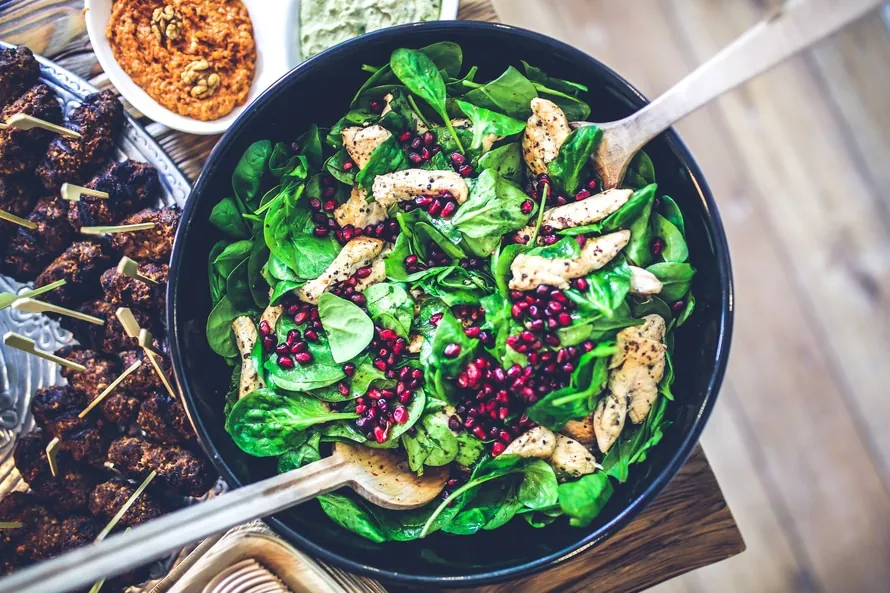Blog
Eat Your Greens!
By Nathan Chambers, ASU Nutrition Student
Thirty-three percent of adults over the age of twenty have hypertension2. In 2010, the death certificates of 1 in 9 individuals in the United States mentioned heart failure; 8.3% of the adult population had diabetes2. And atherosclerosis, a clogging of the arteries, is caused by a diet high in saturated fat and is further complicated by an overconsumption of calcium which can lead to less pliable blood vessels. More and more, nutrition studies are showing a plant-based diet rich in a variety of fruits and vegetables helps lower the risk of heart and arterial diseases and, when followed properly, spurs weight loss.

Even by adopting a slightly higher intake of plant-type foods than what you’re doing now, your health can improve. A study published in The American Journal of Clinical Nutrition states that by just replacing 5% of the saturated fat (animal fat) in your diet with unsaturated fats (plant fats), the risk of coronary artery disease, the most common type of heart disease, drops by 42%1. Further, by replacing 2% of your Trans Fat calories with unsaturated fat calories, that risk is dropped by 53%1. On a similar note, glucose tolerance and insulin sensitivity (factors affecting diabetes) were improved by a replacement of sugars with unsaturated (plant) fats1.
Animal products are a boon to the human diet and an important part. Though plant substitutes exist, it’s easiest to receive adequate amounts of iron, Vitamin B-12, and calcium from meat and dairy products. The best option is to have the right balance of plant, meat and dairy products. As the USDA”s “My Plate” shows, at any meal half of your plate should be filled with fruits and vegetables.
There are many ways to accomplish a more balanced diet. Making a sudden, outright change to your diet can be hard to accomplish mentally, and isn’t always the most healthful choice either.
One simple way to increase your intake of greens – To take a step toward creating a more healthy way of eating, use the USDA’s guideline for the mix of fruits, vegetables, grains, protein, and dairy. If the guideline suggests that 50% of your dietary intake is fruits and vegetables then that should be a key focus.
I think that the preconceived notion that vegetables are yucky and boring is what makes this simple statement so hard to hear. But honestly, I have been a pescatarian since February of 2016 and I can tell you that the amount of ways to prepare fruits and vegetables is limitless and anything but boring.
Since adopting a plant-based diet I have lost fat around my middle and I’ve yet to get sick (not even a sniffle!); knock on wood. The only thing I had to do was change the amount of meat I consumed, and to make sure that I replaced that meat with healthy fruits and vegetables.
References:
- Hu, Frank (2003). Plant Based Foods and the Prevention of Cardiovascular Disease: An Overview. The American Journal of Clinical Nutrition. Retrieved from: http://ajcn.nutrition.org/content/78/3/544S.full.pdf+html.
- American Heart Association (2014). AHA Statistical Update. American Heart Association. Retrieved from: http://circ.ahajournals.org/content/circulationaha/early/2013/12/18/01.cir.0000441139.02102.80.full.pdf?papetoc=
















